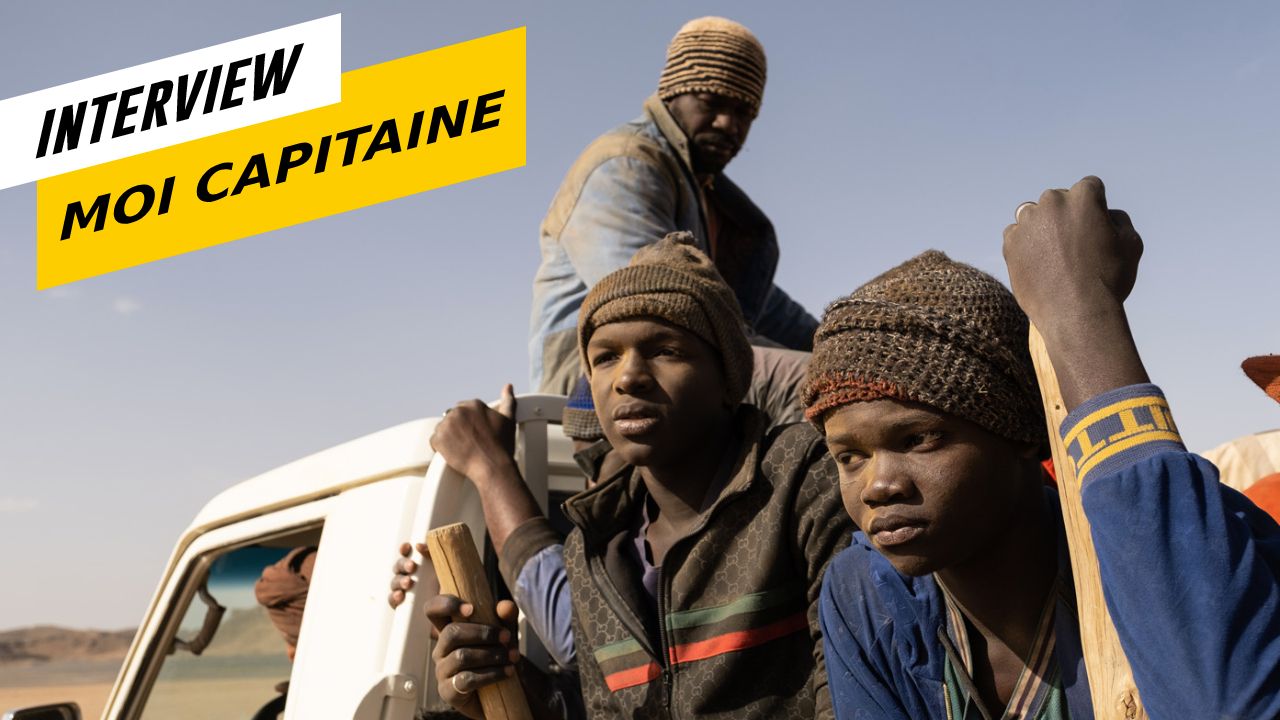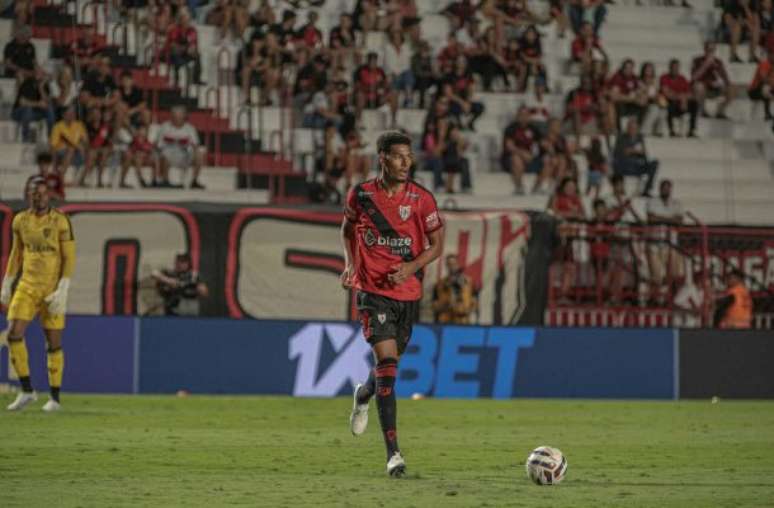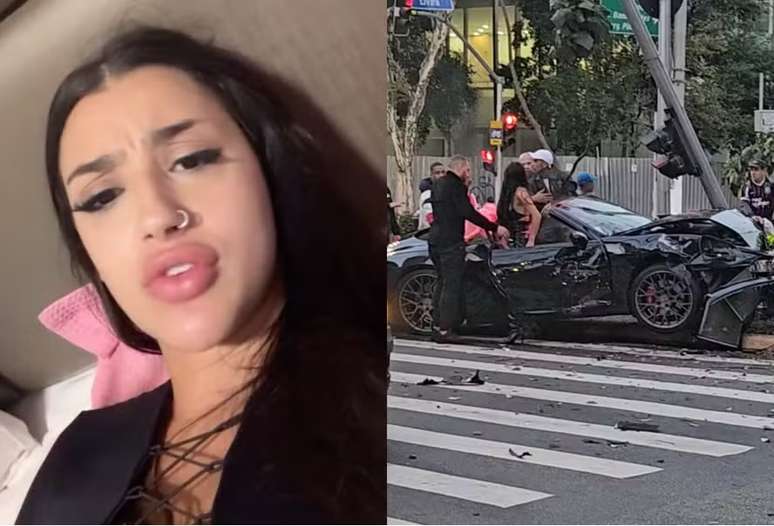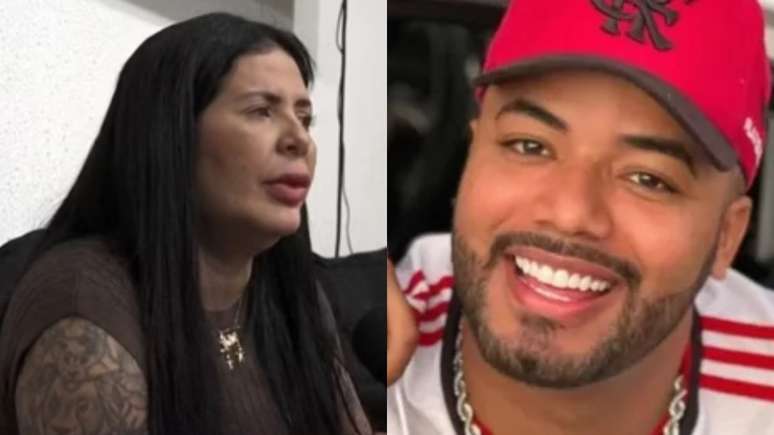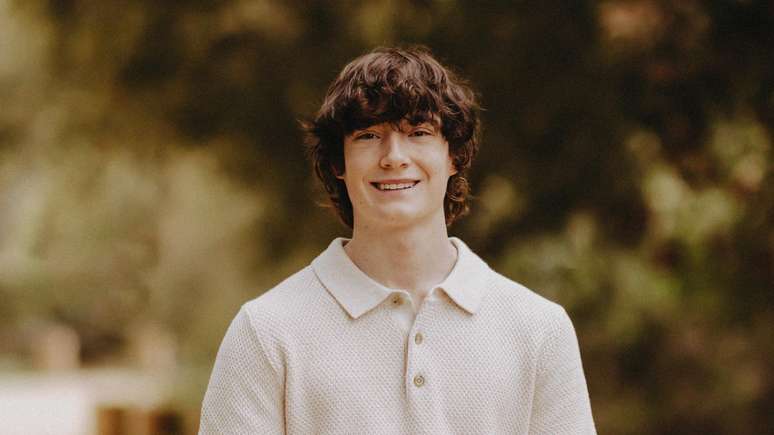Hitting theaters January 3, Moi Captain follows Seydoux and Moussa, two 16-year-old Senegalese. They decide to leave their native land and join Europe. But along the way, their dreams and hopes for a better life are quickly shattered by the dangers of this journey. Their only weapon in this odyssey will remain their humanity.
To discuss this painstaking work, AlloCiné sat down with its director, Matteo Garone, 55. We owe him such famous works as Gomorrah, Fairy Tale, Dogman and Pinocchio.
Note that Moi Captain won the Silver Lion for Best Director at the 2023 Venice Film Festival, as well as the Marcello Mastroianni Prize for Best Newcomer for Seydoux Sari at the same ceremony.
AlloCiné: After Pinocchio, you completely changed registration to Moi Capitaine, why did you want to tell that story?
Matteo Garone: In my opinion, this film also has a Homeric fable and initiation tale component. There are many similarities with Pinocchio. I realized this while shooting a movie in this vicinity. The character is driven away by Cricket, he leaves home and family in secret and faces the violence of the world.
There’s also a very realistic, almost documentary approach that we had in Gomorrah. What drove me to make this film was to capture a part of the journey in pictures that we don’t usually see. Generally, we see a boat arriving on the coast of Italy. Before, we don’t know everything that is happening. I wanted to start from their point of view so that the audience can experience the story with them.
Despite its very realistic plot, Captain Me is not based on a specific true story, the film is a weave of several stories of young people who experienced the crossing from Africa to Europe. What is interesting about Seydoux and Musa’s journey is that they are not running away from war or persecution; Seydoux’s mother does not want them to risk their lives to go to Europe. Why did you choose this approach?
The motivation of these young people is the desire for freedom and a better life, which is central to the story. To us, travel seems easy, young people can go anywhere in the world, but for young people it is possible to die. This injustice has never been addressed, and this right of escape is not reserved only for those who want to escape from war.
When you are young, you want to know the world, have better opportunities, be able to support your family. Today my children want to go somewhere else; At their age, I also wanted to know the world. It is some kind of human right. Seydoux fights this system of closure and death, he has this desire for life and new knowledge.
The film shows with great realism the brutality that migrants suffered during their journey, between violent smugglers and terrorists. Did you decide in the beginning not to leave us with this violence in the image?
On the contrary, in fact, we as viewers have avoided violence, because the reality is more brutal than we could handle! I decided to show this violence only through Seydoux’s eyes and point of view, without offending the public.
How did you find this young actress Seydoux Sarri and why did you choose her?
I found her through casting and I liked her spontaneity, naturalness, softness. I saw that he could give a character a great intensity, something very human, deep and soulful.
I emphasize this word because Seydoux has given it a dimension that deals with faith and innocence, and this is the greatest strength of the film. This allows the audience to empathize with the character and live with it. The strength of cinema is to convey emotions so that the audience can identify with the hero.
Matteo Garrone and Seydoux Sarri
Can we compare this film to Gomorrah, a portrait of smuggling networks that operate like mafias in Africa?
We can compare I to Captain Gomorrah because it also tells the story of a raped childhood through young characters who belong to a violent world. In Gomorrah they belong to a world, a world of crime, of which they are victims. They realize too late the dangers that await them when they enter this world. However, the connection between these two films ends there.
Indeed, in Captain Me they are unscrupulous human traffickers who abuse the situation to make money. The idea in Gomorrah was to show the human side in a system of violence; In Captain Me, the traffickers are parasitic figures, very negative and deeply racist.
The difference is that Seydoux is a hero without a dark side, he fights for freedom, while the rest are part of the criminal system. However, even the heroes have an element of unconsciousness in the battles they fight.
What was it like filming in Africa? Were you pressured by the authorities or smugglers regarding the subject of the film?
I was under no pressure; The main difficulty was making a film about a culture that was not mine. The only solution was to do it with them, with people from this world. We had to see them, listen to them, collaborate with them and above all build a relationship of mutual trust.
Another difficulty was directing actors with whom we do not speak the same language. I had to learn to understand whether their interpretation was indeed correct. There are also very difficult, dangerous action sequences, this is an added complexity that is also very useful during filming.
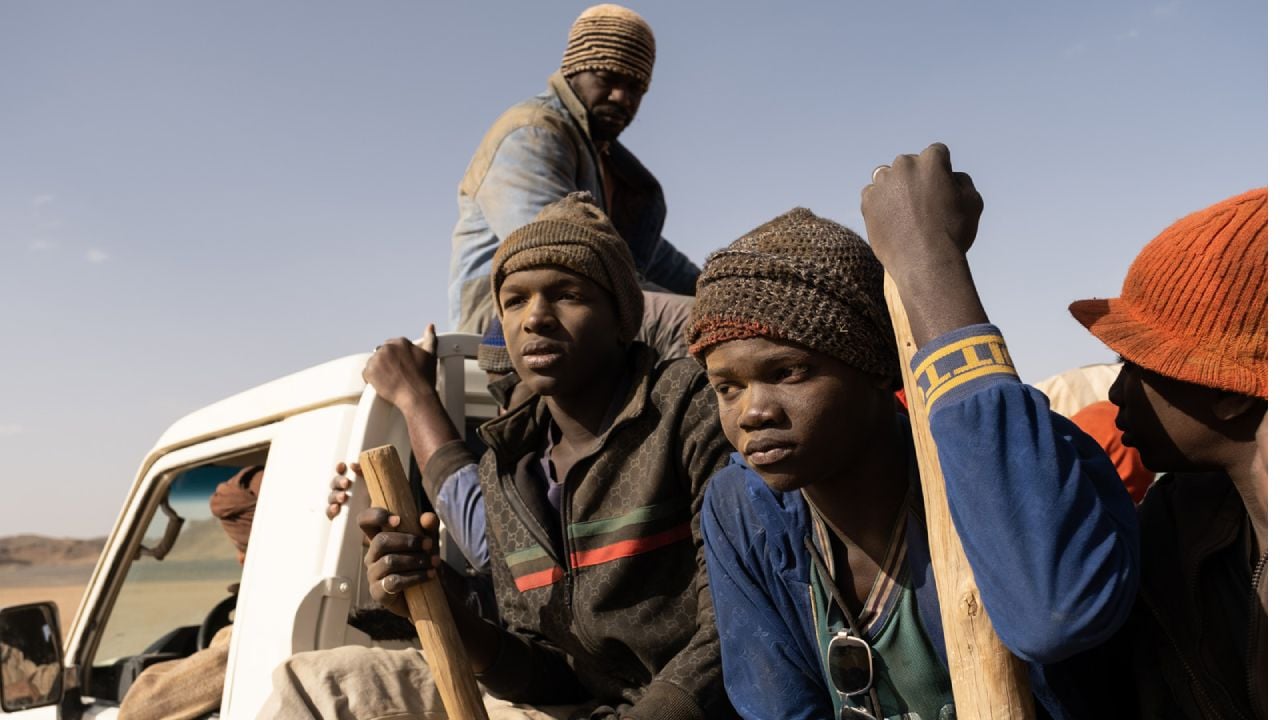
When talking about “dark tales” in 2018, mention Gomorrah, Dogman or a fairy tale; Does Moi Capitaine fit your desire to once again tell a “dark tale” about another shameful facet of humanity?
absolutely ; However, I prefer to talk about the “Homeric fable” here. These young people are truly the bearers of the modern epic.
Can you tell us about your next project?
I don’t have a new project in motion, I’m very busy with the Oscar campaign for Me Captain, hopefully it will allow many people to discover the film.
Source: Allocine
Rose James is a Gossipify movie and series reviewer known for her in-depth analysis and unique perspective on the latest releases. With a background in film studies, she provides engaging and informative reviews, and keeps readers up to date with industry trends and emerging talents.

